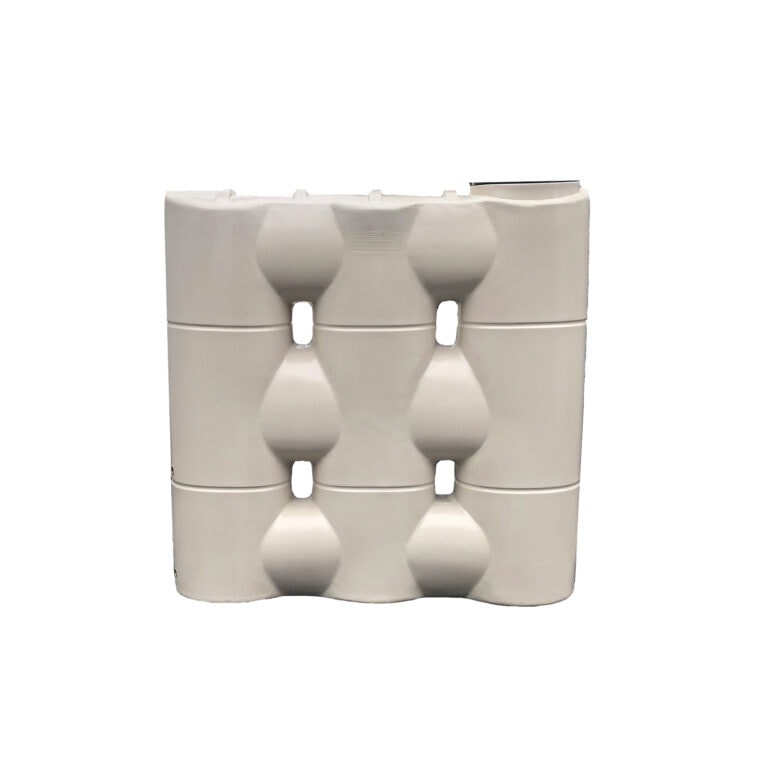Discover the Significance of Rainwater Containers for Sustainable Water Preservation Efforts
In the realm of sustainable water preservation, the usage of rainwater containers stands as a crucial method that advantages closer examination. The value of rainwater tanks goes beyond mere storage space; it symbolizes a proactive technique towards environmental stewardship and source management. By discovering the diverse advantages of rain harvesting, a profound understanding of its possible effect on water conservation initiatives arises. Through a lens of usefulness, ecological consciousness, and communal wellness, the integration of rain tanks reveals a tapestry of interconnected benefits that prolong much beyond the surface.
Advantages of Rainwater Containers
Utilizing rainwater storage tanks supplies a practical option for lasting water monitoring by utilizing nature's sources successfully. Rain containers collect and store rainwater that falls on roofs, which can after that be made use of for various non-potable purposes, such as irrigation, cleaning garments, purging toilets, and also for some safe and clean uses with proper treatment. One of the crucial advantages of rainwater tanks is the reduction of need on keys water system, particularly throughout dry periods or droughts.
Ecological Impact of Rain Harvesting
Rainwater collecting through making use of containers presents a lasting water management experiment positive ecological ramifications. By catching rain, this method assists lower the need for keys water, thus alleviating the worry on water therapy plants and reducing energy consumption related to water circulation. Furthermore, rainwater harvesting aids in mitigating urban flooding and erosion by minimizing the volume of stormwater runoff. This procedure additionally adds to groundwater recharge, which is essential for maintaining water degrees in wells and springtimes, particularly in areas prone to drought.
Furthermore, rainwater harvesting advertises water preservation and reduces dependence on finite water resources. On the whole, the environmental impact of rainwater harvesting highlights its value in advancing sustainable water management methods.
Rain Tanks for Residential Use
Having highlighted the ecological advantages of rainwater harvesting, the emphasis currently changes to the practical application of rainwater containers for domestic water preservation (Slimline water tanks). Rain containers play an important function in residential water administration by catching and saving rain that drops on the roof covering of a residence. These tanks can range in size and material, offering house owners versatility in choosing a system that fits their demands
Among the primary benefits of making use of rain containers in residential settings is the decrease in dependence on keys water. By accumulating rain for non-potable usages such as sprinkling yards, cleaning autos, purging commodes, and doing washing, families can considerably reduce their overall water usage and utility expenses. Furthermore, rainwater is usually devoid of the chemicals located in cured water, making it a preferable option for sure house jobs.
Additionally, rain harvesting systems can assist reduce urban flooding and erosion by reducing stormwater runoff. By recording rain in storage tanks, less water flows into storm drains pipes, lowering the pressure on metropolitan water drainage systems throughout heavy rainfall. Generally, including rainwater storage tanks right into property buildings adds to sustainable water conservation efforts and promotes self-sufficiency in water monitoring.

Economic Advantages of Utilizing Rain Containers
The financial benefits associated with the execution of rainwater containers in property and industrial settings are substantial and multifaceted. Among the primary financial advantages of using rain tanks is the decrease in water costs. By gathering and keeping rain for different non-potable uses such as watering, bathroom flushing, and washing, residential or commercial property owners can substantially decrease their dependence on more information mains water, resulting in significant price savings in time.
Additionally, the installment of rain containers can raise residential or commercial property value. In today's environmentally conscious market, buildings outfitted with lasting attributes like rainwater harvesting systems are frequently much more attractive to potential buyers, regulating greater asking price and faster sale times.
Furthermore, rainwater tanks can aid businesses and homeowners mitigate the impact of water restrictions and fluctuating water prices. By having an extra water source during dry spells or durations of boosted water expenses, individuals and organizations can much better handle their water-related expenditures and keep functional connection. In general, the financial benefits of utilizing rainwater storage tanks make them a wise investment for long-lasting cost savings and sustainability.
Neighborhood Sustainability With Rainwater Collection
Taking into consideration the broader influence past private advantages, the combination of rainwater collection systems in areas plays a crucial duty in cultivating investigate this site environmental sustainability and resource monitoring. Area sustainability via rainwater collection initiatives not only help in reducing the pressure on municipal water sources however additionally assists in mitigating the effects of urbanization on regional water supply. By installing rainwater storage tanks in public buildings, parks, and public rooms, communities can decrease their reliance on central water sources, resulting in a more resistant water supply throughout dry spells or emergencies.
Moreover, community-level rainwater harvesting promotes a feeling of collective obligation towards water conservation. Ultimately, community sustainability with rainwater collection not just benefits the present generation but additionally guarantees a more lasting future for generations to come.

Conclusion

Comments on “Dependable Slimline Water Tanks: Maximize Your Water Storage Capacity”